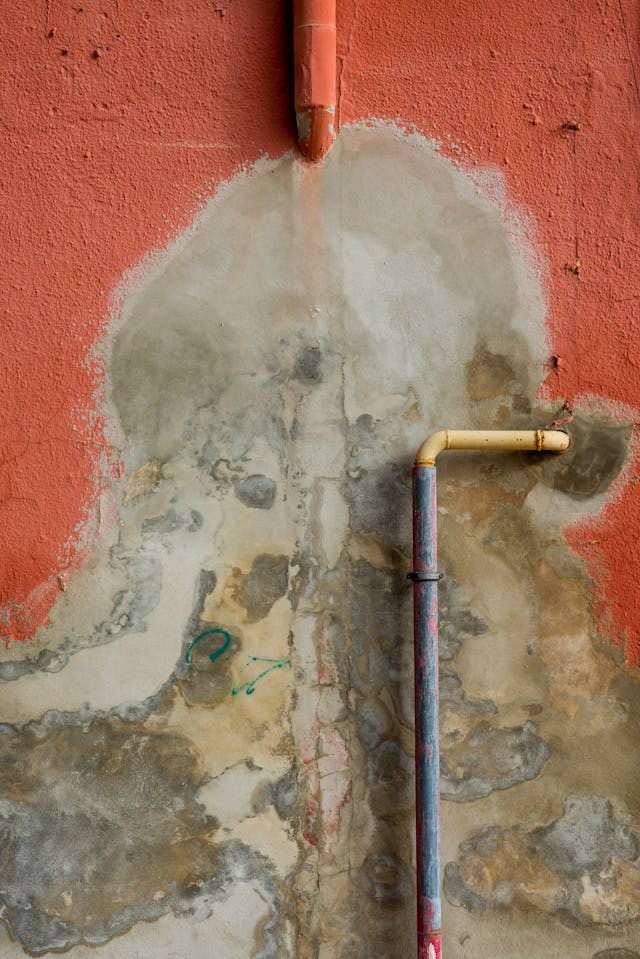If allowed uncontrolled, moisture can come into our houses and wreak havoc. Maintaining a safe and healthy living environment depends on addressing moisture issues regardless of the type—a wet basement or moldy walls. Still, knowing the several forms of moisture marks only the beginning. Dealing with this problem demands for a unified strategy guaranteeing long-lasting effects rather than only quick remedies.
This definitive guide on combined damp treatments will go over how to recognize different kinds of dampness and why employing several techniques will produce superior results. We will also explore popular solutions available on the market and evaluate their efficiency so you can decide on the moisture control of your house with knowledge. All set to assume command of your environment? Let’s get going!
Varieties of Dampness and Methods of Identification
Dampness typically shows itself in different forms, each with distinct telltale indicators. Good treatment from combined damp solutions depends on an awareness of these kinds.
Rising damp comes first; usually affecting ground floor, it impacts Search walls for black streaks and flaking paint close to the base. This kind happens when moisture moves up porous materials.
We then have penetrating dampness. This results from outside causes such crumbling walls or leaking ceilings. During severe rain, you may find water marks spreading over walls or ceilings.
Next there is condensation damp, usually seen in bathrooms and kitchens. Its defining features include mold development and a musty scent brought on by airborne trapped moisture.
Look for lateral damp, sometimes a sign of structural problems with the foundation of your house. Signs include inexplicable damp patches on interior walls at any height.
Knowing these differences helps you approach every issue successfully.

The Value of Combining Solutions for Long-Term Results
Achieving permanent effects from addressing moisture requires combining remedies. Every kind of dampness—rise, penetrating, condensation—requires a different strategy. Depending just on one approach might not be able to properly solve the underlying cause.
Different approaches used will enhance one another. Using dehumidifiers in conjunction with appropriate ventilation, for instance, addresses moisture from several directions. This combination makes structural damage prevention more effective as well as mold growth prevention.
Combining solutions also helps to establish a whole surroundings that reduces future damp problems. Simultaneous handling of interior and outdoor elements helps homeowners create resistance against ongoing moisture issues.
Time spent on a multifarious approach not only improves current circumstances but also gradually increases property value. This preventive method protects your house and gives years to come peace of mind.

Typical Damp Solutions and Their Performance
When addressing damp problems, homeowners usually weigh many options. Everything has its advantages and disadvantages.
For walls, for example, chemical damp-proofing injections can build barriers. This approach works well for rising damp but might not handle condensation issues.
Putting in ventilation systems helps to lower moisture accumulation. For properties prone to condensation, improved ventilation can drastically reduce humidity levels, thereby providing a good choice.
Another often chosen option is running dehumidifiers. These devices especially help in basements or other enclosed areas at danger of moisture collection since they extract water from the air.
One should keep in mind that no one answer fits every scenario exactly. Over time, the finest outcomes will come from combining techniques catered to your particular need.





